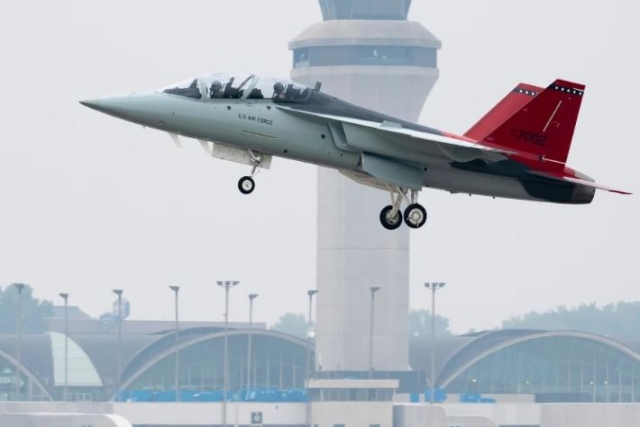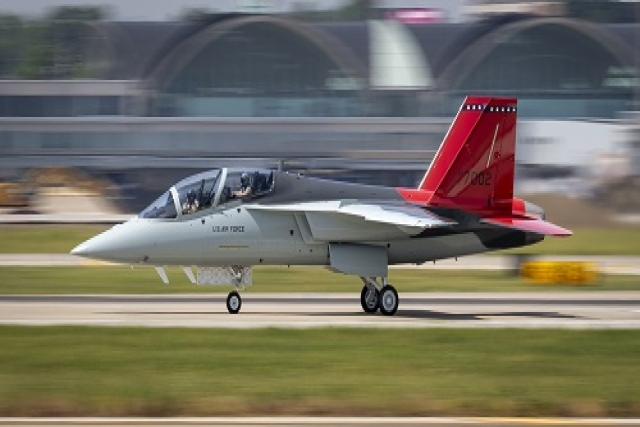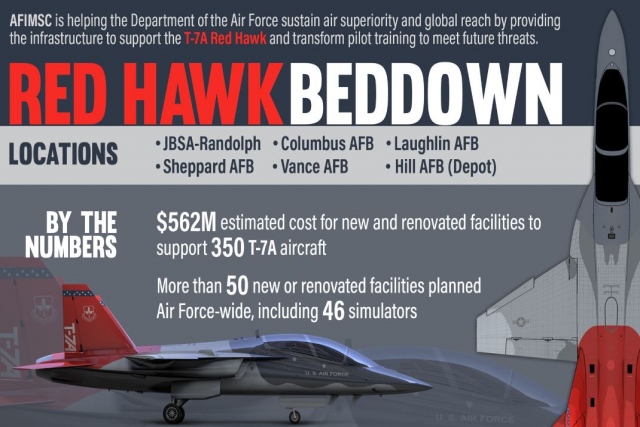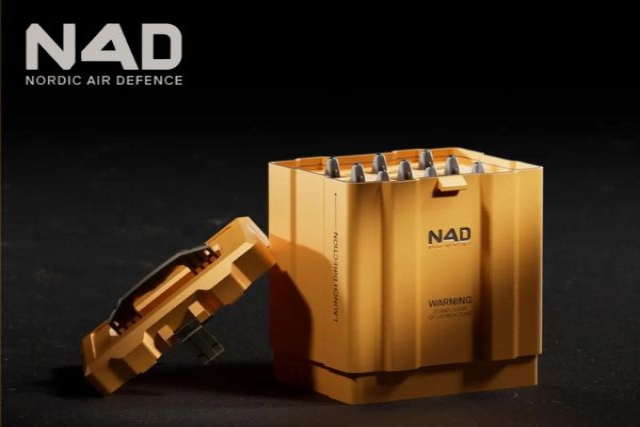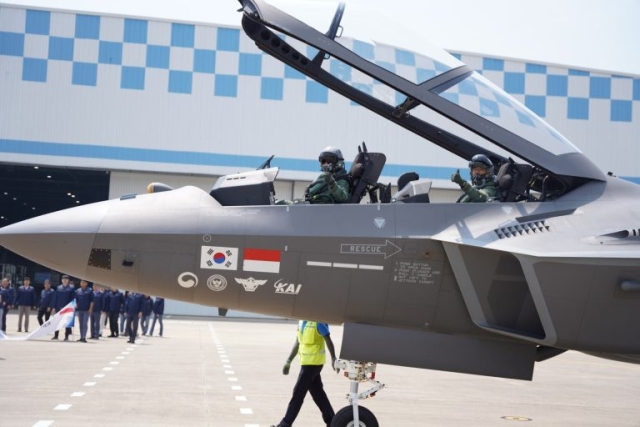U.S.A.F. Tests Drogue Chute for T-7A Red Hawk Ejection Seat
Mobility and Training Aircraft Directorate Conducts Critical Trials to Enhance Ejection System Safety
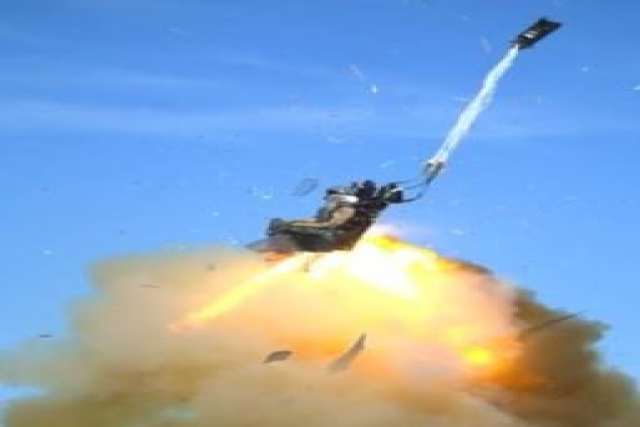
The Mobility and Training Aircraft Directorate's T-7 Program Office, under the U.S. Air Force Life Cycle Management Center, recently conducted tests on the ACES 5 Escape System Drogue chute intended for use on the T-7A Red Hawk trainer aircraft.
The tests, conducted between November 2 and 14, 2023, at the Hurricane Mesa Test Facility in Utah, focused on assessing the drogue chute's performance at speeds below 250 knots.
Dr. Dan Mountjoy, T-7A Crew Systems Lead Engineer, explained that the ejection seat configuration for the T-7A has not been utilized on any other platform and must safely accommodate pilots weighing between 103 and 245 pounds. Ejection seats play a critical role in ensuring the safety of fighter and trainer aircraft occupants.
Historically, the drogue chute has been designed to slow down the ejection seat and occupant after an ejection at speeds exceeding 250 knots, preceding the deployment of the personnel parachute. In collaboration with Collins Aerospace, the developer of ACES 5, and Boeing, the T-7A Prime contractor, the program office sought to gather crucial data to ensure proper drogue chute operation and supply the necessary drag for improved stability during slower speed ejections.
The tests were attributed to the coordination between the test facility professionals and the teams involved. Joe Rich, Air Vehicle Branch, Flight Systems Lead Engineer, noted that the use of an existing test sled and drogue chute assets allowed for cost savings and proof of theory for potential drogue chute use in slower speed ejections.
The gathered drogue chute data will be utilized to enhance the ejection seat performance of the T-7A program. Collaboration with other U.S. Air Force ACES 5 programs will enable the sharing of data for possible improvements in various platforms and the broader Air Force ejection seat enterprise.
During the previous summer, the T-7A program conducted extensive testing to gather mass properties information and aerodynamic wind tunnel data on the ACES 5 family of seats with the assistance of the 711th Human Performance Wing at Wright-Patterson Air Force Base and the 716th Test Squadron at Arnold Air Force Base, Tenn.
The collected testing and data will contribute to an update of the modeling software for ejection seat performance. The next phase of the T-7A program involves a fully integrated dynamic sled test scheduled for February 2024 at Holloman Air Force Base, N.M. This test aims to gather final pieces of information required to solidify any system updates before implementation and the resumption of the qualification program.
Upon completion of the upcoming phase, the accumulated data will guide necessary changes to ensure the T-7A escape system's safety for all body types and sizes, aligning with the U.S. Air Force's mandate to accommodate a broader range of pilots.

